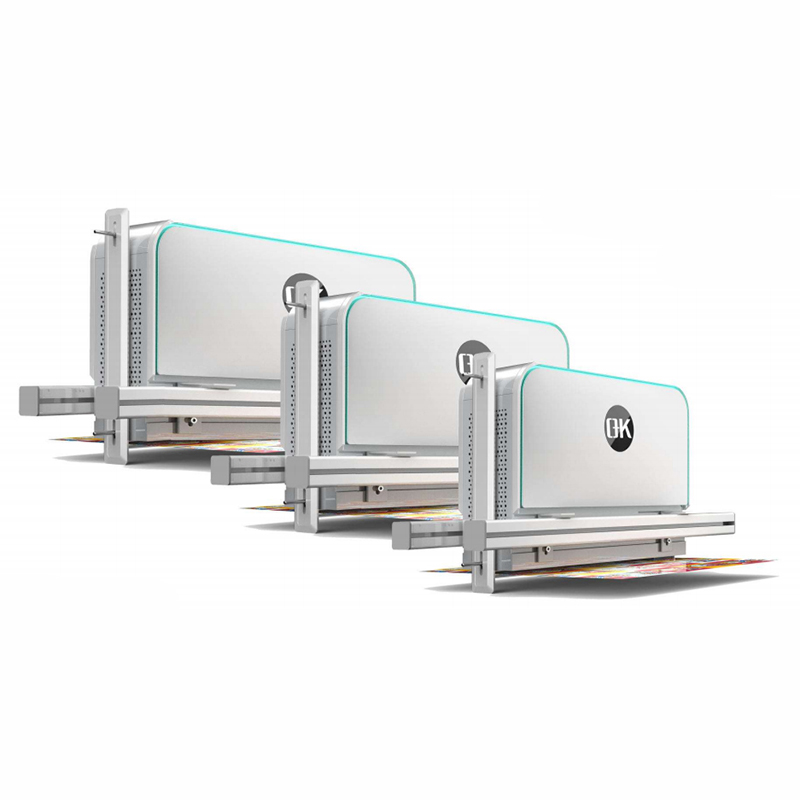Blogs
on March 26, 2024
In the realm of print inspection, traditional methods often struggle to keep pace with the nuances of modern printing processes. Manual visual inspection and basic machine vision systems frequently fall short in detecting minor flaws or adapting to the complexities inherent in newer printing technologies. However, the advent of deep learning techniques, a subset of artificial intelligence, has ushered in a new era of unparalleled accuracy and efficiency in print inspection systems. This article delves into the transformative role of deep learning in revolutionizing print inspection and its far-reaching implications for the industry.

The Evolution of Printing Inspection Systems
Traditionally, print inspection relied heavily on manual visual checks or rudimentary machine vision systems. These methods, however, proved inadequate in addressing variations in print quality and identifying faults accurately. With the rapid advancement of printing technology, these shortcomings led to increased production costs and quality control challenges. Consequently, there arose a pressing need for advanced, automated inspection systems capable of meeting stringent quality standards in the printing sector.
Deep Learning Techniques in Print Inspection Systems
Deep learning techniques, inspired by the intricate workings of the human brain, have emerged as a game-changer in the realm of print inspection. Unlike traditional approaches reliant on predefined rules or feature extraction, deep learning algorithms possess the unique ability to autonomously learn and adapt from vast amounts of data. This inherent flexibility makes them ideally suited for the diverse and intricate nature of print inspection tasks.
Key Techniques and Applications of Deep Learning in Print Inspection Systems
Convolutional Neural Networks (CNNs)
CNNs serve as the cornerstone of many printing inspection systems due to their adeptness in processing and extracting features from image data. Trained on extensive datasets comprising defect-free and defective prints, CNNs can accurately identify various anomalies such as misprints, streaks, smudges, or color variations by analyzing pixel-level information. Their adaptability allows for customization and fine-tuning to specific printing processes or defect types, rendering them highly versatile.

Transfer Learning
Transfer learning involves leveraging pre-trained CNN models, initially trained on vast datasets like ImageNet, and fine-tuning them for specific print inspection tasks. This approach proves particularly beneficial when dealing with limited labeled data or transitioning between printing processes or materials, enhancing performance while conserving resources.
Generative Adversarial Networks (GANs)
GANs, comprising two competing networks - a generator and a discriminator, find utility in defect synthesis and augmentation for print inspection purposes. By generating synthetic defect images to supplement training datasets, GANs bolster the robustness and generalizability of print inspection models. Moreover, they facilitate anomaly detection by discerning deviations from the distribution of defect-free prints.
Recurrent Neural Networks (RNNs) and Long Short-Term Memory (LSTM) Networks
RNNs and LSTMs, adept at processing sequential data, play a vital role in visual printing quality inspection systems for analyzing time-series information. In continuous printing processes, they can detect defects such as variations in ink density or registration errors by scrutinizing temporal patterns. By considering contextual and sequential data, these networks enhance defect detection accuracy while minimizing false alarms.
Edge Computing
Edge computing involves deploying lightweight deep learning models directly on printing equipment or network edges to enable real-time inference and decentralized decision-making. This approach minimizes latency and bandwidth requirements, facilitating faster reaction times and scalability. Particularly useful in contexts necessitating real-time monitoring and control, such as high-speed manufacturing lines, edge computing enhances the efficacy of print inspection systems.
Conclusion
Deep learning techniques have heralded a paradigm shift in print inspection systems, offering unprecedented levels of accuracy, efficiency, and adaptability. By harnessing artificial intelligence, print producers can ensure that every print meets exacting quality standards, thereby enhancing customer satisfaction and bolstering brand reputation. As technology continues to evolve, the integration of deep learning is poised to play a pivotal role in shaping the future landscape of the printing industry.
Posted in: Technology
Topics:
printing inspection system
Be the first person to like this.





